“42 Decks Of Sheer Adventure!”: Starship Mine
Superficially, “Starship Mine” resembles a basic, unpretentious action plot done pretty much just because Patrick Stewart wanted to take his shirt off, quip and shoot things. Which it is. But just like “Power Play”, this is an example of Star Trek: The Next Generation doing something counterintuitive with an action brief that we might not necessarily expect from an action sci-fi show that proves how aware of itself and its responsibility it’s finally become.
This is also something *only* Star Trek: The Next Generation could do, at least in 1993. That’s not to say the cast of Star Trek: Deep Space Nine couldn’t have handled a brief like this or that the setting would have precluded it, but the writing staff on that show has something of a problem handling action without it coming across as unreconstructed, bloodthirsty and grimdark and that’s ultimately what’s going to end up killing the series. That didn’t have to happen, of course, but circumstances will eventually dictate that’s what the final obituary will read. But that’s thankfully not for a good while yet. By contrast, Star Trek: The Next Generation has long since become keenly aware of its status and place in history, and a lot of careful thought went into ensuring that, while undeniably fun, “Starship Mine” never crossed the line into becoming a mindless run-and-gun military fantasy. And in fact, this story ends up being one of the most intriguingly provocative out of a year that’s been so stellar already.
Much of this is due to writer Morgan Grendel and Michael Piller. Grendel hates the moniker “Die Hard on the Enterprise” fans tend to appellate “Starship Mine” with (even though come on, it self-evidently is. Grendel even pitched it to Piller as exactly that) and prefers to read it as a story about how Captain Picard loves the Enterprise more than anything else and is willing to go to any lengths to protect it, citing the old naval “the captain goes down with the ship” trope. This is a problematic (and ahistorical) narrative device, but that Grendel invokes it here reveals some interesting things. Even (well, especially) divorced from the naval symbolism I like this idea because it shows how Captain Picard is someone who lives and breathes the spirit of voyaging so much he can’t conceive of ever doing anything else.
I particularly like the scene at the end of the teaser where he’s alone on the bridge, the last person on the ship before the “cleaning crew” comes aboard. He dawdles and takes his time, and Patrick Stewart’s expressions and body language sell the emotions of the moment. He’s in no rush to beam down to the starbase and takes no particular joy in being away from the Enterprise-None of the crew do. The Enterprise is their home and where they belong and they’re never going to be truly happy if they’re apart from it: They’re always going to act a bit restless and awkward, always going to be a fish out of water without someplace to go and discoveries to be made, just as the crew are at Commander Hutchinson’s reception.…


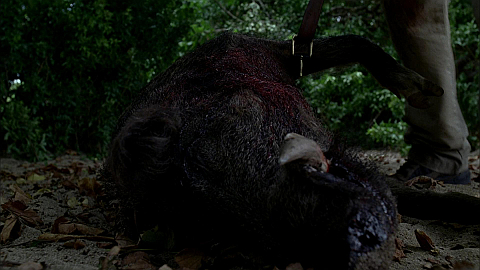 So I guess we were right, back in the Tabula Rasa entry, about Locke’s first name being John, an invocation of the historical John Locke. We must be, like, psychic or something.
So I guess we were right, back in the Tabula Rasa entry, about Locke’s first name being John, an invocation of the historical John Locke. We must be, like, psychic or something. As mentioned in the exegesis of Pilot Part 1, the Opening Eye is fraught with symbolism. An awakening, becoming aware of an inner truth, a spiritual revelation. Even a resurrection. But Locke’s eye isn’t meant to be “read” in the same way as Jack’s. Locke’s right eye (or, rather, “eye”) is bifurcated by a scar running vertically down “across” is center. His insight, then is “crossed” with Jack’s.
As mentioned in the exegesis of Pilot Part 1, the Opening Eye is fraught with symbolism. An awakening, becoming aware of an inner truth, a spiritual revelation. Even a resurrection. But Locke’s eye isn’t meant to be “read” in the same way as Jack’s. Locke’s right eye (or, rather, “eye”) is bifurcated by a scar running vertically down “across” is center. His insight, then is “crossed” with Jack’s.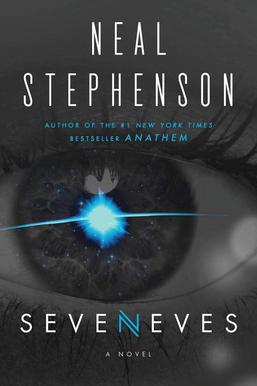 This is an essay from my forthcoming collection Guided by the Beauty of Their Weapons: Notes on Science Fiction and Culture in the Year of Angry Dogs, out on December 27th, and
This is an essay from my forthcoming collection Guided by the Beauty of Their Weapons: Notes on Science Fiction and Culture in the Year of Angry Dogs, out on December 27th, and 
.jpg) We’re pleased to announce the release of Pex Lives 27, in which James and Kevin are joined by, and I quote their episode description here, “the very clever and lovely Eliot Chapman to discuss The Invasion.”
We’re pleased to announce the release of Pex Lives 27, in which James and Kevin are joined by, and I quote their episode description here, “the very clever and lovely Eliot Chapman to discuss The Invasion.”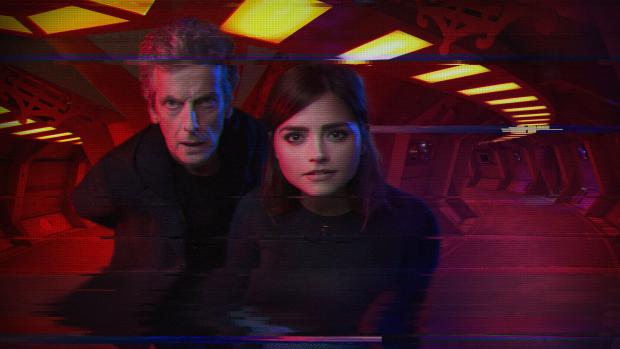 This is solidly Gatiss’s best-ever
This is solidly Gatiss’s best-ever 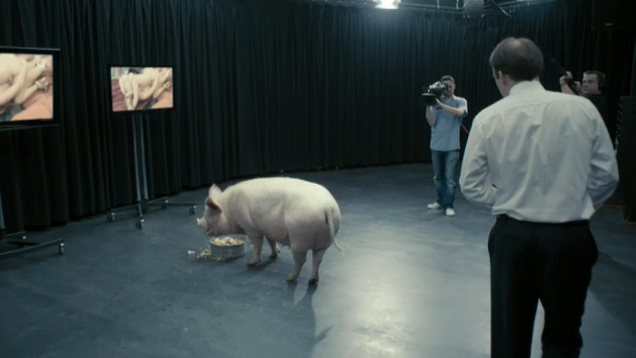 There is a moment in the first episode of
There is a moment in the first episode of 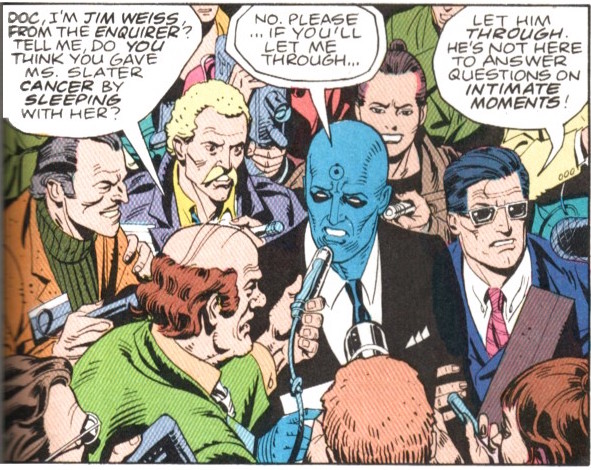 But there’s one name, of course, that’s conspicuously absent from the reactions: Moore’s. This is unsurprising; unlike Chaykin, Moore had no problem taking it personally, in no small part because it blatantly was personal. Geppi’s attack on the loose morals of American comics was specifically aimed at Moore, and blatantly accused him of corrupting the youth of America. And DC had given into the attacks without blinking an eye, then spent months dissembling about it in the face of his protests while, in his view, trying to threaten him into coming back to work for them. Indeed, in his largest single piece on the controversy, an editorial in the February 13
But there’s one name, of course, that’s conspicuously absent from the reactions: Moore’s. This is unsurprising; unlike Chaykin, Moore had no problem taking it personally, in no small part because it blatantly was personal. Geppi’s attack on the loose morals of American comics was specifically aimed at Moore, and blatantly accused him of corrupting the youth of America. And DC had given into the attacks without blinking an eye, then spent months dissembling about it in the face of his protests while, in his view, trying to threaten him into coming back to work for them. Indeed, in his largest single piece on the controversy, an editorial in the February 13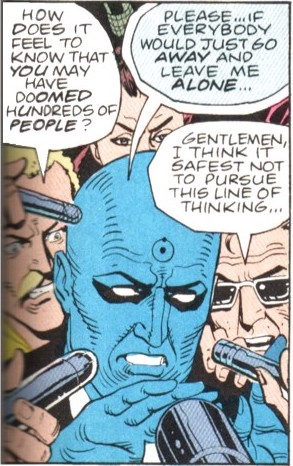 Given that these were the terms on which he viewed the debate, it’s hardly a surprise that he saw its resolution differently. This carried some risk, as Moore put it, of him “looking like a shrill, over-reactive prima donna,” and certainly that was what DC sought to quietly paint him as, calmly explaining that, as Dick Giordano put it, the ratings system was not “a moral issue at all. It was essentially a business issue,” and complaining that “there was no way I could respond to people who were becoming so emotional about what seemed to me a very simple marketing device.”…
Given that these were the terms on which he viewed the debate, it’s hardly a surprise that he saw its resolution differently. This carried some risk, as Moore put it, of him “looking like a shrill, over-reactive prima donna,” and certainly that was what DC sought to quietly paint him as, calmly explaining that, as Dick Giordano put it, the ratings system was not “a moral issue at all. It was essentially a business issue,” and complaining that “there was no way I could respond to people who were becoming so emotional about what seemed to me a very simple marketing device.”…